1. Basilisk Lizard – The Jesus Christ Lizard
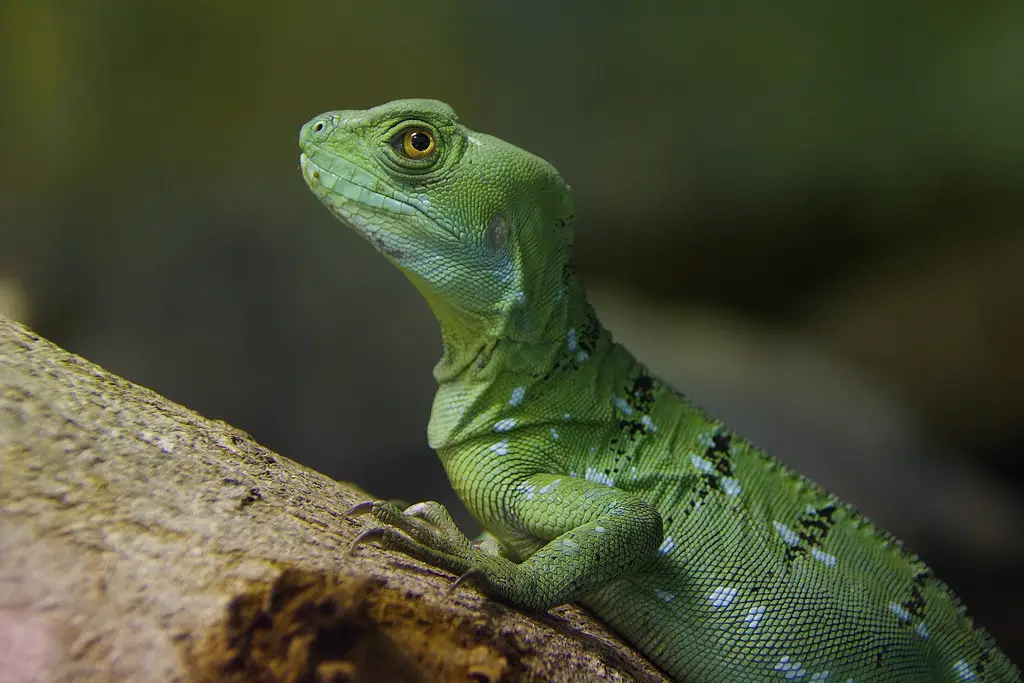
The basilisk lizard, often referred to as the “Jesus Christ Lizard,” is famous for its ability to run across water. At first glance, it might seem like a trick of nature, but according to a study published in PNAS, the basilisk’s impressive skill is a result of highly specialized feet and incredible speed. This lizard’s large, extended toes spread out on the surface of the water, creating air pockets that help it stay afloat long enough to sprint across ponds and streams. In doing so, it can escape predators, such as snakes and birds of prey, that might otherwise catch it while it’s crossing open water. The basilisk’s survival strategy is based on its quick reflexes and agility, allowing it to navigate the treacherous environment of the tropical rainforests where it lives. Its lightweight body and powerful hind legs make it one of the fastest-moving creatures in its ecosystem.
When running on water, it can reach speeds of up to 5 feet per second, outpacing even the fastest predators in the area. Despite its ability to run on water, the basilisk is also a proficient climber, retreating to trees for safety when necessary. Its combination of water-running and climbing skills gives it a versatile approach to avoiding danger, ensuring its survival in a landscape filled with threats. With its remarkable speed and agility, the basilisk lizard’s survival skills are nothing short of extraordinary.
2. Pangolin – The Armored Tank
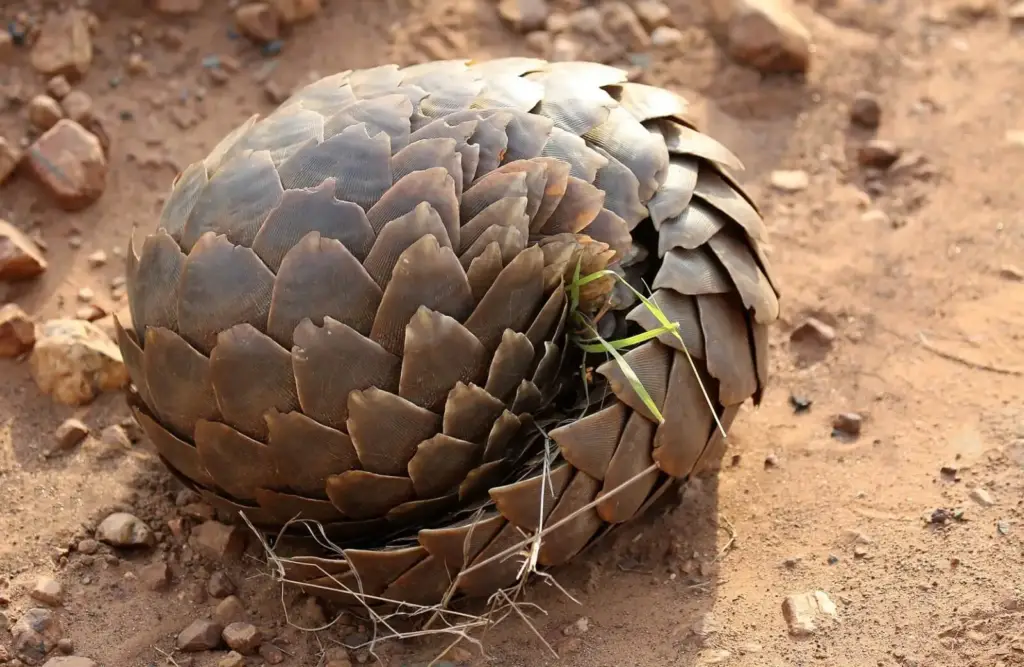
Pangolins are unique mammals covered in tough, overlapping scales made of keratin, the same material that makes up human nails and hair. When threatened by predators or humans, these scaly creatures have a remarkable defense strategy: they roll up into a tight ball, using their sharp-edged scales as armor. This makes it nearly impossible for most predators, including large carnivores, to bite or tear through their defense. According to World Animal Protection Canada, Pangolins also have an excellent sense of smell, which helps them locate their primary food source—ants and termites. Their long, sticky tongues can extend up to 16 inches, allowing them to slurp up insects deep inside mounds or hidden in tree bark. They use their sharp claws to dig up these insect colonies with precision, making them adept at finding food in difficult environments.
Pangolins are nocturnal and solitary, spending most of their time underground or in hollowed trees, where they stay safe from predators. Despite their defensive adaptations, pangolins are sadly heavily trafficked for their scales, which are used in traditional medicine, and they are now considered endangered. Their survival skills, however, are not just about physical defense; their ability to adapt to a variety of environments, from rainforests to savannas, has helped them endure. Sadly, many species of pangolin are now critically endangered due to illegal poaching and habitat loss.
3. Tardigrade – The Water Bear
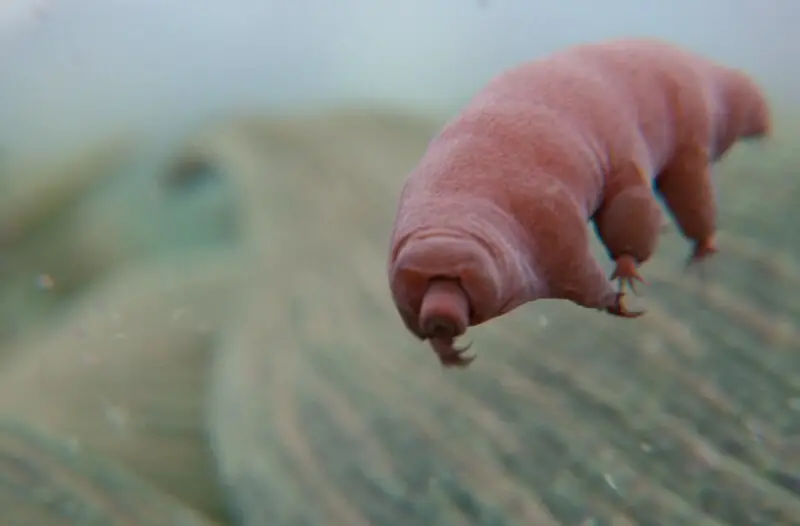
Tardigrades, often called “water bears,” are microscopic creatures that are so resilient they can survive in environments that would be lethal to most other life forms. Despite their odd, plump, and stubby appearance, tardigrades are experts in survival. One of the most impressive aspects of these tiny creatures is their ability to survive extreme conditions, from the vacuum of space to high levels of radiation and extreme temperatures. According to Carleton College, when faced with unfavorable conditions, tardigrades can enter a state called cryptobiosis, in which they lose almost all of their water content and effectively “shut down.”
In this state, they can endure freezing, boiling, or even intense radiation until the environment becomes more hospitable. Once conditions improve, they “wake up” and resume their normal activities. This remarkable ability to survive extreme dehydration, freezing, and heat is what allows tardigrades to thrive in some of the harshest environments on Earth. They have even been found in the deepest parts of the ocean, on the highest mountains, and in the most radioactive areas. Their resilience is so extreme that they have even been sent into space and returned to Earth alive. Tardigrades are truly among the most extraordinary survivors in the animal kingdom, making their ridiculous appearance more impressive than it first seems.
4. Goblin Shark – The Living Fossil
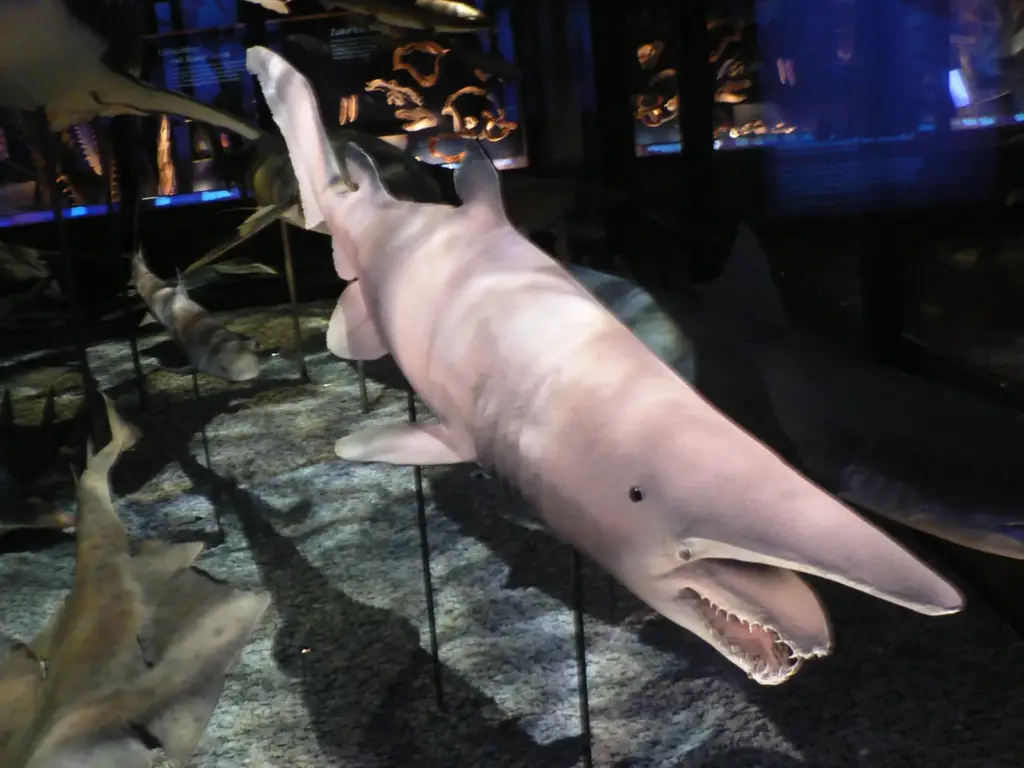
The goblin shark is one of the most bizarre-looking creatures in the ocean, with its long, flat snout and disproportionately large, sharp teeth. Known as a “living fossil,” this deep-sea dweller has existed for over 100 million years and remains relatively unchanged in that time. Despite its awkward appearance, the goblin shark is a highly specialized predator, adapted to life in the dark depths of the ocean. Its long, flattened snout is equipped with electroreceptors that allow it to detect the faint electrical signals emitted by prey, making it an efficient hunter even in the complete darkness of the deep sea.
But what really sets the goblin shark apart is its remarkable jaw. According to the U.S. Fish and Wildlife Service, it is capable of extending rapidly from its mouth, snatching prey with precision and speed. This ability to project its jaws allows it to grab prey with little warning, making it an expert ambush predator. Goblin sharks primarily feed on fish, crustaceans, and squid, which they encounter in the ocean’s deeper, colder regions. Their pinkish skin and unusual appearance are the result of the low-light environments in which they live, as they rarely need camouflage or bright colors to survive. Though they have a somewhat frightening appearance, goblin sharks are harmless to humans and rarely encountered due to their deep-sea habitat.
5. Surinam Toad – The Master of Camouflage
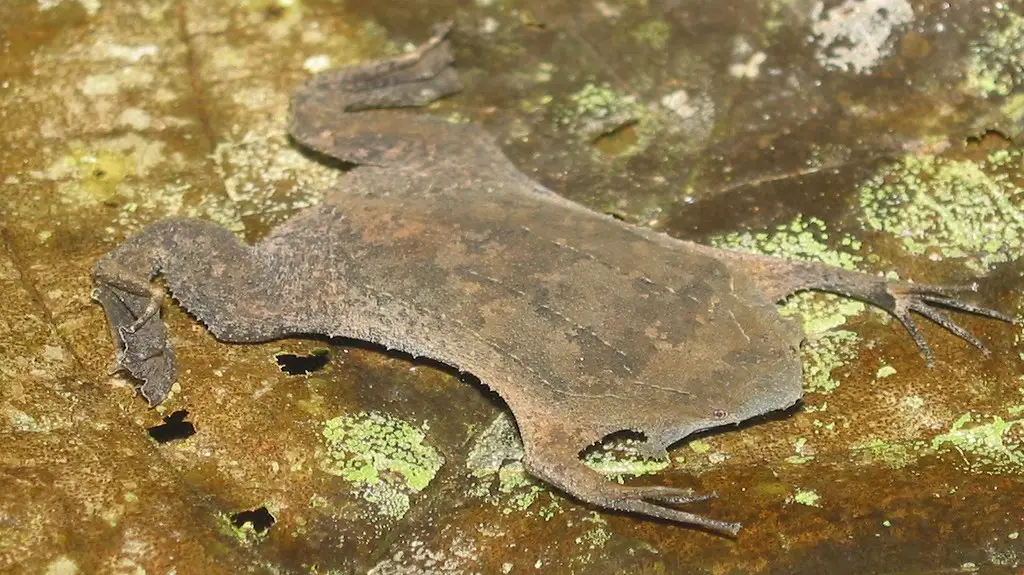
At first glance, the Surinam toad looks like an awkward, flattened, and lumpy rock, blending seamlessly with its surroundings. This incredible camouflage serves the toad well in its native South American rainforests, where it hides among leaves and mud. But the toad’s survival skills don’t stop at camouflage—it also has a unique way of reproducing. According to the San Diego Zoo, instead of laying eggs in a nest or under water, the female Surinam toad carries fertilized eggs in pockets on her back. Once the eggs hatch, the tadpoles remain safely nestled in these pockets until they mature into tiny toads. This unusual parenting method keeps the offspring safe from predators and environmental dangers during their vulnerable early stages.
The toad’s flattened body and rough, bumpy skin further enhance its ability to blend into its surroundings, making it nearly invisible to predators. The Surinam toad is also a skilled ambush predator, using its wide mouth and agile tongue to capture insects and small prey. Despite its odd appearance, it is highly adapted to its environment and has survived for millions of years by hiding in plain sight and using its unique reproductive strategy. The toad’s survival prowess is a perfect example of nature’s ingenuity in using appearance for defense and the creative ways animals solve the challenge of raising offspring.
6. Naked Mole Rat – The Underworld Engineer

Naked mole rats, with their wrinkled, hairless bodies and disturbing appearance, may seem like little more than a subterranean oddity, but they are true masters of survival. These small rodents are highly social and live in large colonies, somewhat similar to ants or bees. Their underground burrows, which they dig with their sharp teeth, can stretch for miles and are highly organized, with different members of the colony assigned specific tasks such as foraging, digging, or defending. One of the most remarkable survival traits of naked mole rats is their ability to live in low-oxygen environments. Unlike most mammals, they have adapted to thrive in the oxygen-deprived tunnels deep beneath the earth’s surface. Naked mole rats are also virtually immune to cancer, a characteristic that has intrigued scientists for years and could potentially lead to breakthroughs in human medicine.
They live in a highly cooperative society, with a single queen responsible for breeding, while the workers perform all other duties. Their unique physiology allows them to survive without oxygen for longer periods and resist the buildup of harmful toxins in their bodies. While their looks might be off-putting, naked mole rats are a prime example of how nature can find creative solutions to survival challenges in extreme environments. Their communal and efficient lifestyle, along with their biological adaptations, make them one of the most successful subterranean mammals.
7. Star-Nosed Mole – The Six-Legged Speed Demon
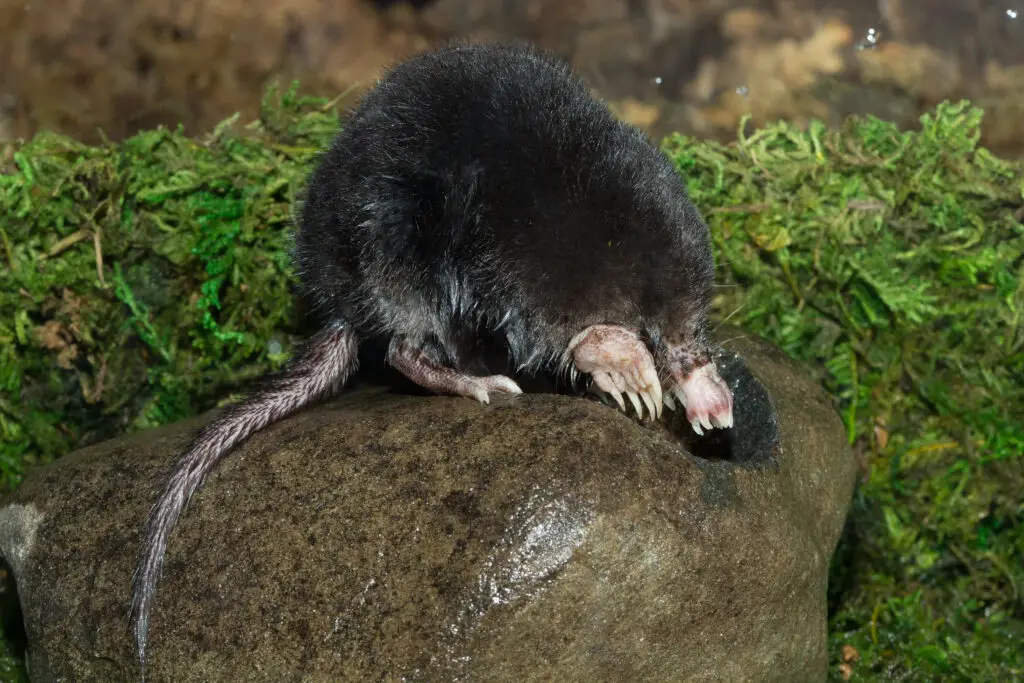
The star-nosed mole, with its 22 fleshy appendages resembling a star around its nose, might appear as if it belongs in a science fiction movie. However, this odd creature has developed one of the fastest foraging techniques in the animal kingdom. The star on its snout is actually an incredibly sensitive organ, equipped with over 25,000 sensory receptors, which allow it to detect vibrations and movements in the soil with astounding precision. Using this star-shaped nose, the mole can locate prey in just milliseconds, giving it the ability to hunt at an unprecedented rate. In fact, it can identify and eat up to 12 different objects per second, making it one of the most efficient feeders in the animal world.
This speed allows the mole to survive in environments where food is scarce, including damp, dark tunnels where most animals would struggle to find prey. The star-nosed mole is also an expert digger, using its powerful forelimbs to excavate tunnels at a rapid pace. Despite its comical appearance, it is a ferocious predator, feeding on a wide variety of insects, worms, and small aquatic creatures. Its exceptional foraging speed and its ability to thrive in harsh environments make the star-nosed mole a true survivalist. Its odd nose may seem ridiculous, but it’s actually an essential tool for securing its place in the ecosystem.
8. Proboscis Monkey – The Sound of Survival
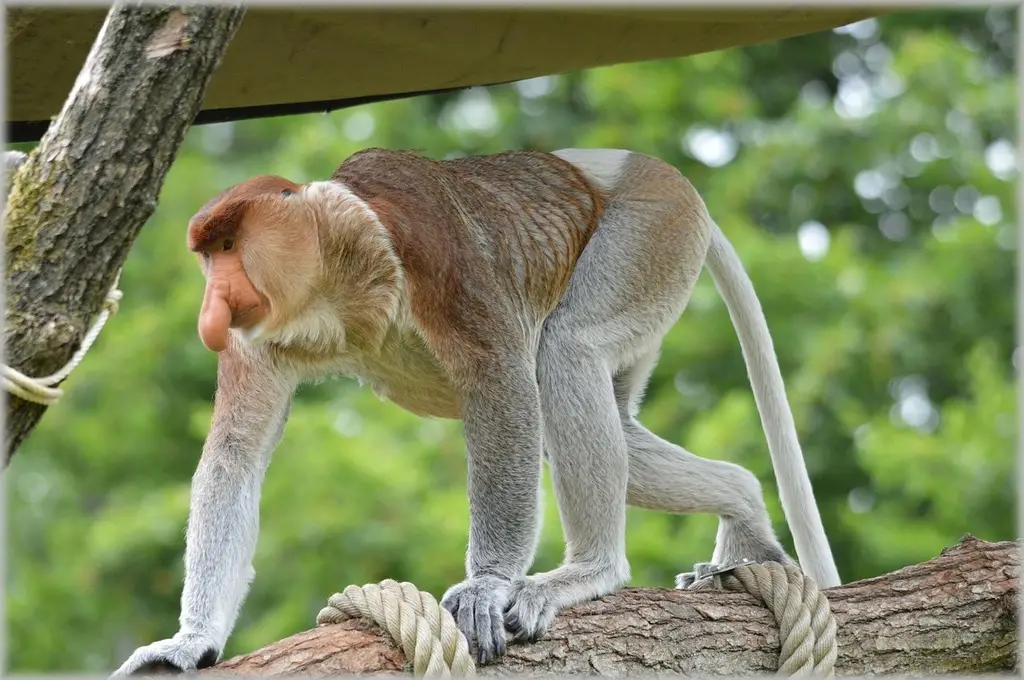
The proboscis monkey, with its comically large nose and pot-bellied appearance, is an unforgettable creature in the jungles of Southeast Asia. While its looks might draw laughs, this primate is well-adapted to its environment and uses its distinctive features to thrive in the rainforests of Borneo and Sumatra. The proboscis monkey’s large nose is thought to enhance its vocalizations, helping it communicate with others over long distances through dense jungle foliage. This ability is vital for staying in touch with its troop in the vast and often foggy forests. In addition to its communication skills, the large nose also plays a role in regulating the animal’s body temperature. The nose helps dissipate heat, which is important in the hot, humid environment the monkey inhabits.
Proboscis monkeys are also excellent swimmers and are known to escape predators by diving into rivers and swimming across to the safety of other trees. Their long, webbed feet make them highly skilled in navigating aquatic environments. Despite their awkward appearance, proboscis monkeys are highly social and live in large groups, relying on their strong social bonds and unique survival techniques to thrive in a competitive ecosystem. Their impressive combination of vocal abilities, swimming skills, and adaptability makes them one of the rainforest’s most remarkable inhabitants.
9. Fangtooth Fish – The Aggressive Survivor
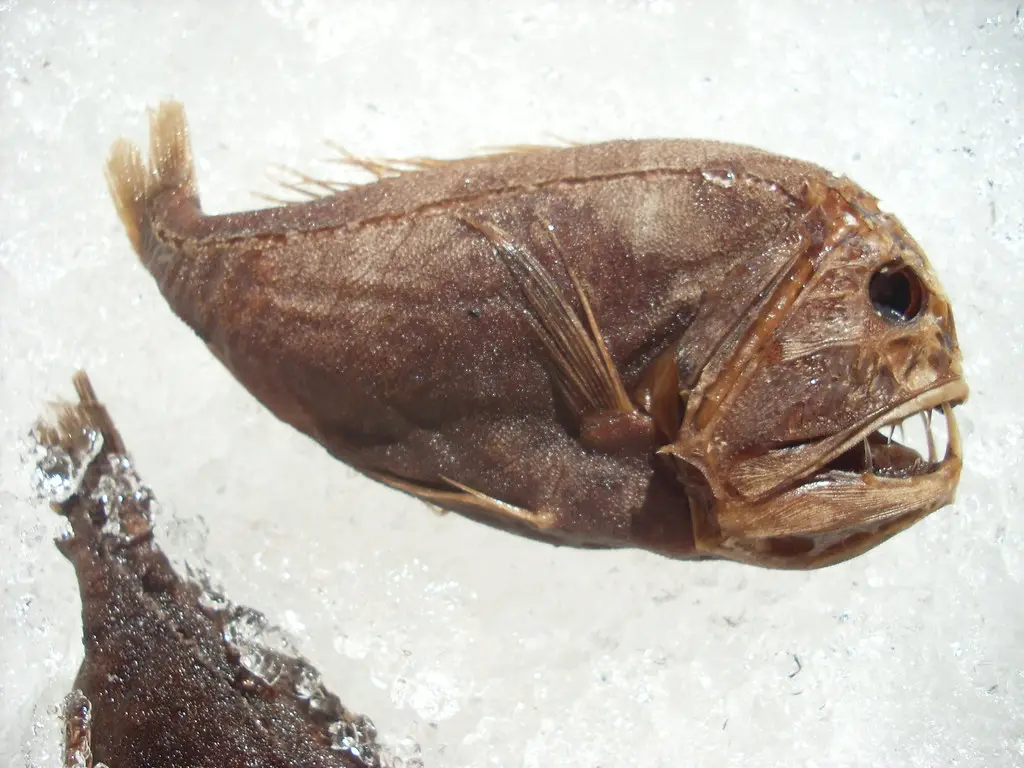
The fangtooth fish, with its oversized, razor-sharp teeth and menacing appearance, may seem like a creature of nightmares, but it’s a highly efficient predator. These deep-sea dwellers live in some of the most hostile environments on Earth, where food is scarce, and competition is fierce. Despite its small size, the fangtooth is an apex predator in its habitat, thanks to its fearsome teeth, which are designed to capture and hold onto its prey. Its large fangs are so prominent that it has trouble closing its mouth, but that doesn’t prevent it from being an effective hunter. The fangtooth fish relies on speed and surprise to catch smaller fish, squid, and crustaceans.
Its highly adapted jaw and sharp teeth allow it to tear through prey quickly, even in the pitch-black depths of the ocean. The fangtooth’s large eyes are also suited to low-light conditions, enabling it to detect faint movements from potential prey. Though its frightening appearance might deter larger predators, the fangtooth fish thrives in its deep-sea niche by using its excellent hunting skills and sharp weaponry to survive. In the world of the deep ocean, where many creatures are slow and vulnerable, the fangtooth is a true survivor, relying on speed and aggression to maintain its place at the top of the food chain.
10. Axolotl – The Eternal Youth
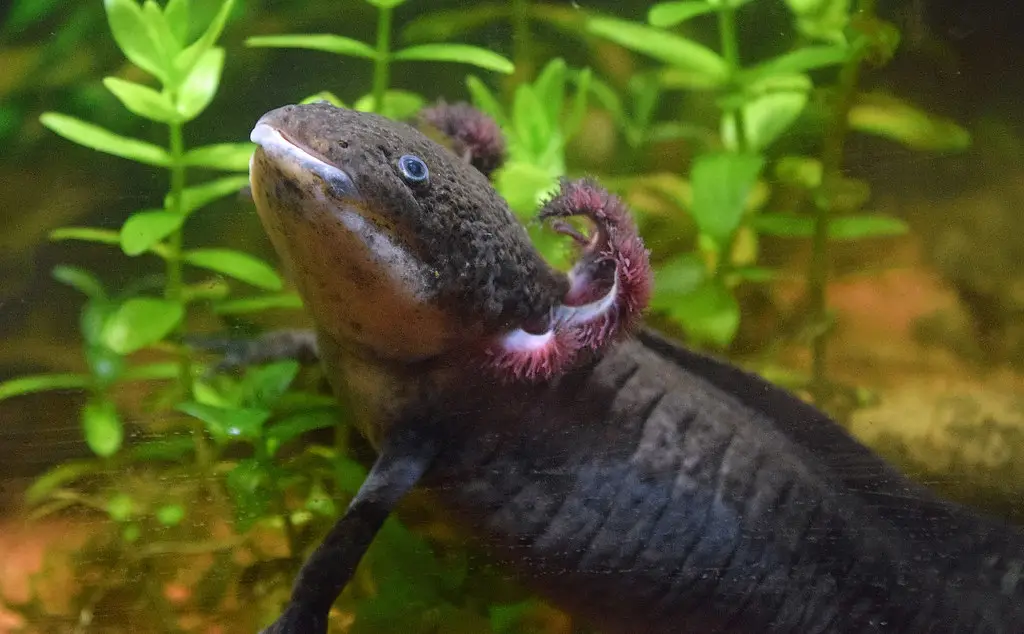
The axolotl, with its feathery external gills and perpetually smiling face, might seem like an adorable cartoon character, but this aquatic salamander is a true survivalist. Native to the lakes of Mexico, axolotls are one of the few animals that remain in their larval state throughout their lives, a phenomenon known as neoteny. Unlike other amphibians, they don’t undergo a full metamorphosis, meaning they keep their gills and aquatic lifestyle even as adults. This unique characteristic allows them to thrive in their specific environment, but what truly sets axolotls apart is their regenerative abilities. They can regrow entire limbs, spinal cord, heart, and even parts of their brain. This ability is essential for survival in the wild, as it helps them recover from injuries that would be fatal to most other creatures.
Furthermore, axolotls are also resistant to some diseases, and they are capable of regrowing damaged organs with little scarring. In captivity, they are often bred for their fascinating regenerative properties, which scientists are studying for medical applications. Despite their cute appearance, axolotls have survived in the wild for thousands of years, thanks to their regenerative prowess. Sadly, they are critically endangered in the wild due to habitat destruction, pollution, and invasive species. Efforts are being made to protect their natural habitat and ensure their continued existence.
11. Tasselled Wobbegong – The Sneaky Ambush Predator
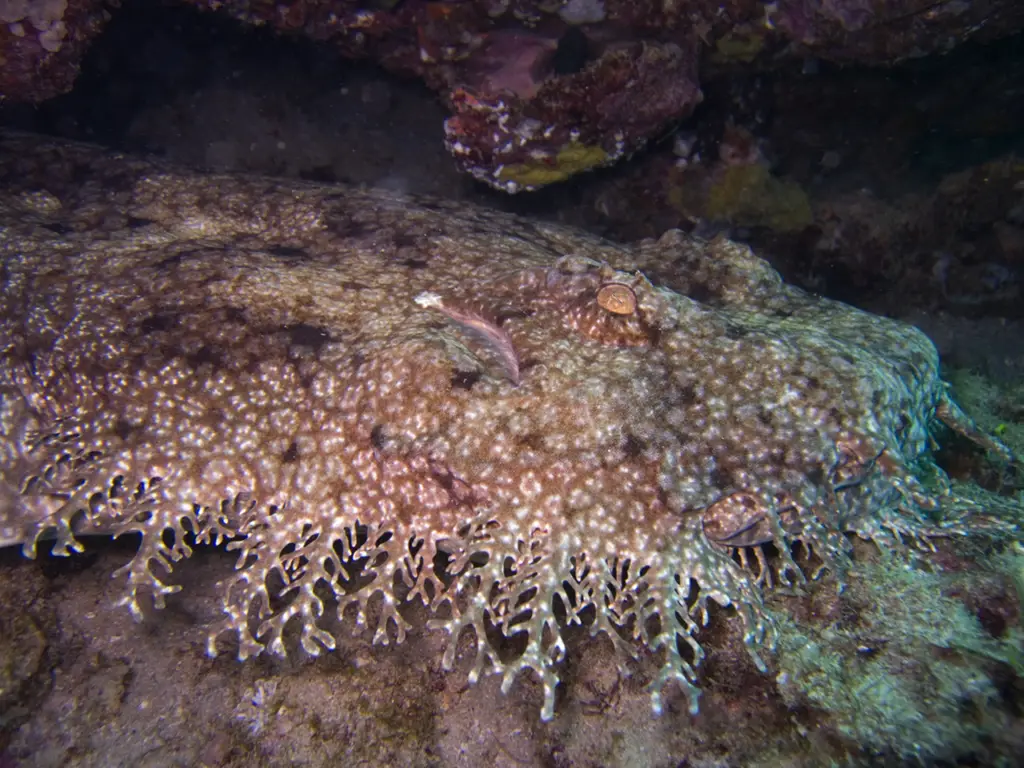
The tasselled wobbegong, with its flattened body and fringed, tassel-like skin, blends in seamlessly with the ocean floor. At first glance, it appears to be nothing more than a pile of seaweed or a rock covered in algae. However, this camouflage is a perfect tool for the wobbegong’s survival, allowing it to ambush unsuspecting prey such as fish, crustaceans, and squid. The tassels on its body help it mimic the appearance of marine plants, ensuring that predators or prey do not detect it as a threat. When a fish or other small animal comes too close, the wobbegong strikes with lightning speed, using its sharp teeth to secure its meal.
This ambush tactic is highly effective, allowing the wobbegong to survive in a highly competitive underwater ecosystem. Its ability to remain perfectly still and wait for prey makes it a patient and highly successful predator. The wobbegong’s preference for shallow, rocky reefs and its expert use of camouflage and patience give it an edge in an environment where food can be hard to come by. Though it’s not as mobile as some other sharks, the tasselled wobbegong has found a successful survival strategy that allows it to thrive. With its expert ability to blend in and ambush, the wobbegong is a true master of underwater stealth.


